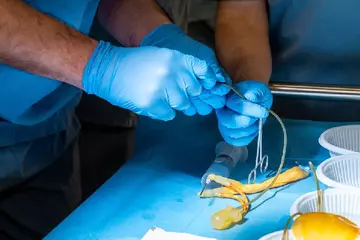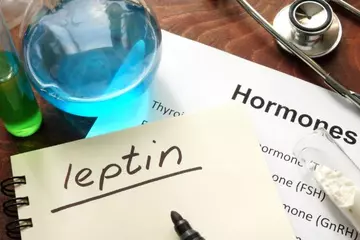What is meningitis?
Meninges are the tissue layers that cover the brain and spinal cord and are responsible for their protection. An infection of these layers and the surrounding fluid results in inflammation and swelling in the skull. This condition can be life-threatening if it is not diagnosed and treated on time.
What are its main signs and symptoms?
The classic early symptoms of the disease include a stiff neck, fever, and confusion along with nausea, vomiting, and headache.
- Other symptoms include sensitivity to light, irritability and decreased appetite.
- These can further progress to altered consciousness, weaker brain functions and seizures.
- Bacterial meningitis is a serious and contagious form of meningitis. Skin rashes are a late sign of one type of bacterial meningitis. Brain damage, hearing and vision loss are some of the long-term symptoms associated with meningitis.
- Viral meningitis is rarely life-threatening and contagious but can impact with long-lasting symptoms such as headaches and memory problems.
- Fungal meningitis is rare and can be seen in persons with very low immunity such as those with cancer or AIDS.
What are its main causes?
Meningitis can be infectious or noninfectious.
Infectious meningitis is caused by microorganisms that spread through the bloodstream and reach the brain or spinal cord. These microorganisms infect the meninges and the fluid surrounding them causing inflammation and swelling. Some microorganisms that cause meningitis are:
- Bacteria – Streptococcus pneumoniae, Neisseria meningitides
- Virus – Influenza virus, measles virus, HIV and Echovirus
- Fungi – Candida albicans, Cryptococcus neoformans and Histoplasma
Noninfectious causes include:
- Cancer
- Chemical irritation
- Drug allergies
- Head injury or brain abscess
- Lupus
How is it diagnosed and treated?
Early diagnosis and treatment of this condition can prevent brain damage and death.
The following tests are considered essential to diagnose meningitis:
- Lumbar puncture – Cerebrospinal fluid is sent for microbial culture, CBC, protein and glucose levels, and C-reactive protein (infection marker) to help identify and confirm bacterial meningitis
- Elevated white blood cell counts
- CT scan of the head
- A positive glass test for meningitis rash
Treatment includes the following measures:
- Bacterial meningitis is treated with intravenous antibiotics that are effective in clearing away the infectious bacteria from the system.
- Fungal meningitis is treated with antifungal agents.
- Viral meningitis resolves on its own but can be treated with intravenous antiviral medications.
- Vaccinations such as the meningococcal vaccine and Haemophilus influenzae type B vaccine can also protect against certain types of meningitis.
- Maintaining good personal hygiene and vaccinating before travelling to regions that show incidences of this disease will help prevent meningitis.

 Doctors for Meningitis
Doctors for Meningitis  OTC Medicines for Meningitis
OTC Medicines for Meningitis



















